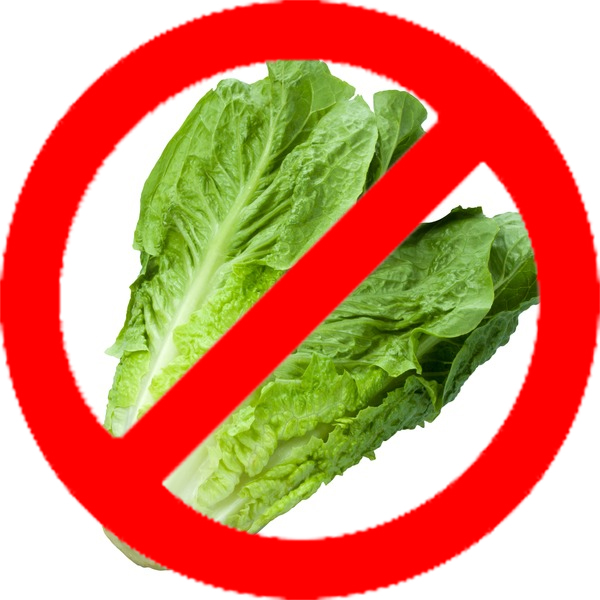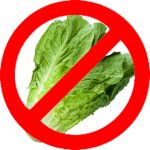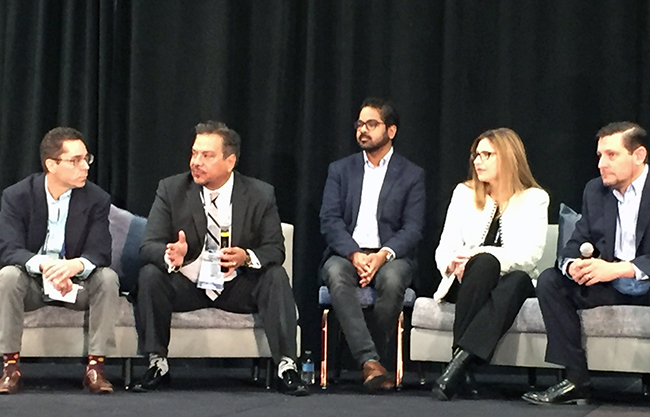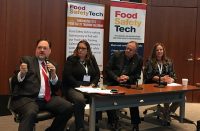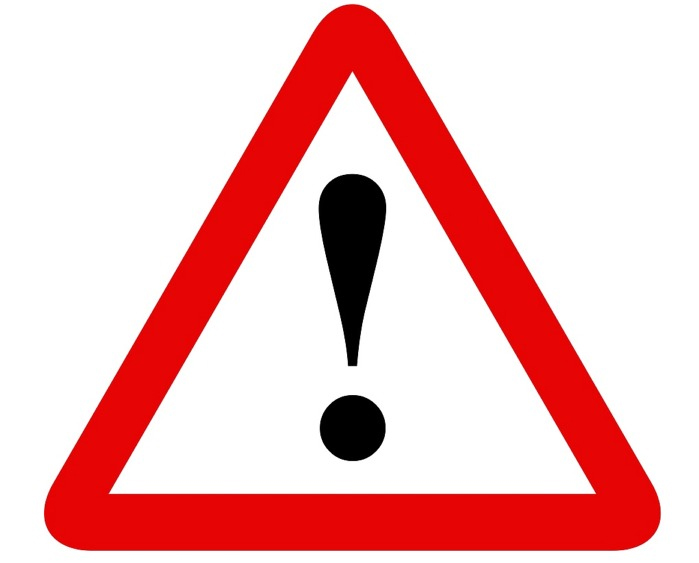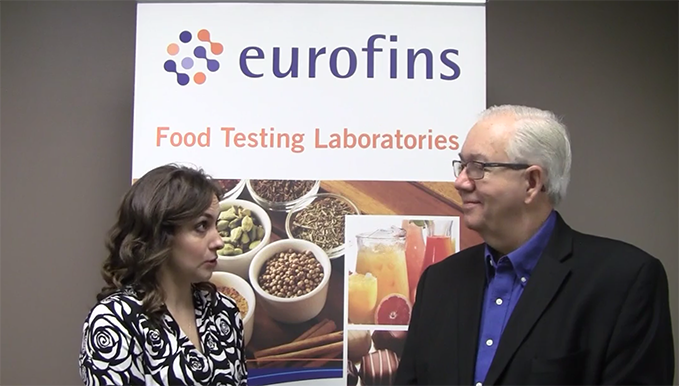A recently published paper advocates the inclusion of media reports as a source of information for assessing food fraud vulnerability.1 Those of us who maintain the Food Fraud Database could not agree more. We have been monitoring media reports for years and they are an important source of information in the database (accounting for 45% of all primary source references).
As I mentioned in last month’s post, there are challenges with using media reports to inform food fraud vulnerability. Many media reports are general discussions of the issue of food fraud and are not necessarily reporting new information. It may be difficult to filter out these types of reports without manual review. There may also be concerns about the validity of media reports on food fraud. This is the reason we implemented a classification for “weight of evidence” for incident records in the database. Overall, approximately 30% of the incident records in our database are classified as a “low” weight of evidence due to unverifiable data or a lack of corroborating reports. Some of our users choose to filter these out of their searches.
We have received requests for information about how the data in the Food Fraud Database compares with numbers reported in the paper. Table 11 in the paper described the top product categories, countries and type of fraud as reported in four food safety tracking systems.1 We have adapted that table below to data from the Food Fraud Database.
| Product Category | % | Country of Origin | % | Type | % |
| Meat/Poultry | 18 | India | 26 | Dilution/substitution (misrepresentation of animal origin) | 26 |
| Seafood | 16 | China | 9 | Dilution/substitution (“other”) | 19 |
| Dairy Products | 14 | United States | 9 | Dilution/substitution with a non-food substance | 14 |
| Alcoholic Beverages | 6 | Columbia | 6 | Dilution/substitution (misrepresentation of botanical origin) | 12 |
| The most common food fraud records (“cases”) in the Food Fraud Database (2014-2015) | |||||
As shown in Table 11 in the paper, the top four products by number of articles in the media monitoring system (in 2014-2015) were meat, seafood, milk and alcohol. As shown above, when looking at data in the Food Fraud Database from 2014 and 2015, the top ingredient categories are very similar: Meat/Poultry, Seafood, Dairy Products, and Alcoholic Beverages. However, there was little agreement in the country of origin of the reported cases among any of the systems. For the Food Fraud Database (shown above), the top countries of origin in 2014–2015 were India, China, the United States and Colombia. According to the paper, the top countries of origin reported by the food fraud media monitoring system were Egypt, the United States, the U.K. and Saudi Arabia. The top country of origin reported by RASFF was China and by HorizonScan was the Czech Republic.
Table 4 reported the “types” of food fraud (which correspond to what we call “reasons for adulteration”) and the corresponding number of articles collected, which we have also adapted to the data in the Food Fraud Database below.
| Types of Food Fraud in Records in the Food Fraud Database (2014–2015) |
||
| Type of Food Fraud | Number of Records | % |
| Dilution/substitution – misrepresentation of animal origin | 212 | 26 |
| Dilution/substitution (other) | 159 | 19 |
| Dilution/substitution with a substance not approved for use in foods | 118 | 14 |
| Dilution/substitution – misrepresentation of botanical origin | 101 | 12 |
| Unknown | 87 | 11 |
| Fraudulent labeling | 64 | 8 |
| Artificial enhancement of apparent protein content | 58 | 7 |
| Artificial enhancement with color additives | 57 | 7 |
| Other | 41 | 5 |
| Dilution/substitution – misrepresentation of geographic origin | 40 | 5 |
| Dilution/substitution – misrepresentation of varietal origin | 28 | 3 |
| Use of unapproved biocides (antibiotics, anti-fungal agents, preservatives, etc.) | 21 | 3 |
| Artificial enhancement (other) | 7 | 1 |
| Formulation of an entirely fraudulent product using multiple techniques and adulterants | 2 | 0 |
| TOTAL | 828 | * |
| * Greater than 100% because one record can have multiple types of associated fraud | ||
It is not possible to make meaningful comparisons among the reported fraud “types” without harmonized definitions and standardization of data collection processes, as noted in the paper. A glance at Table 1 from the paper illustrates the variety of food fraud categorizations in use among the various systems.1 Generally, it is a challenge to directly compare any of the information coming from various sources such as RASFF, HorizonScan, the Food Fraud Database and others, due to the differences in the way data is collected, standardized and reported.
In contrast with foodborne illnesses, which are generally required to be reported to public health agencies, food fraud typically does not result in acute illness and is difficult to track. The nature of food fraud combined with differences in data tracking systems make it almost impossible to reconcile the data among the various systems. Regardless of which system is reporting, the reports are likely just a fraction of the true occurrence of food fraud; however, each can provide valuable perspective on risks to food safety (including those from food fraud). A holistic assessment of food fraud vulnerability should take into account a wide variety of information sources, including media reports.
Reference
- Bouzembrak, Y., et al. (November 2018). Development of food fraud media monitoring system based on text mining. Food Control. Vol. 93. Retrieved from https://doi.org/10.1016/j.foodcont.2018.06.003







